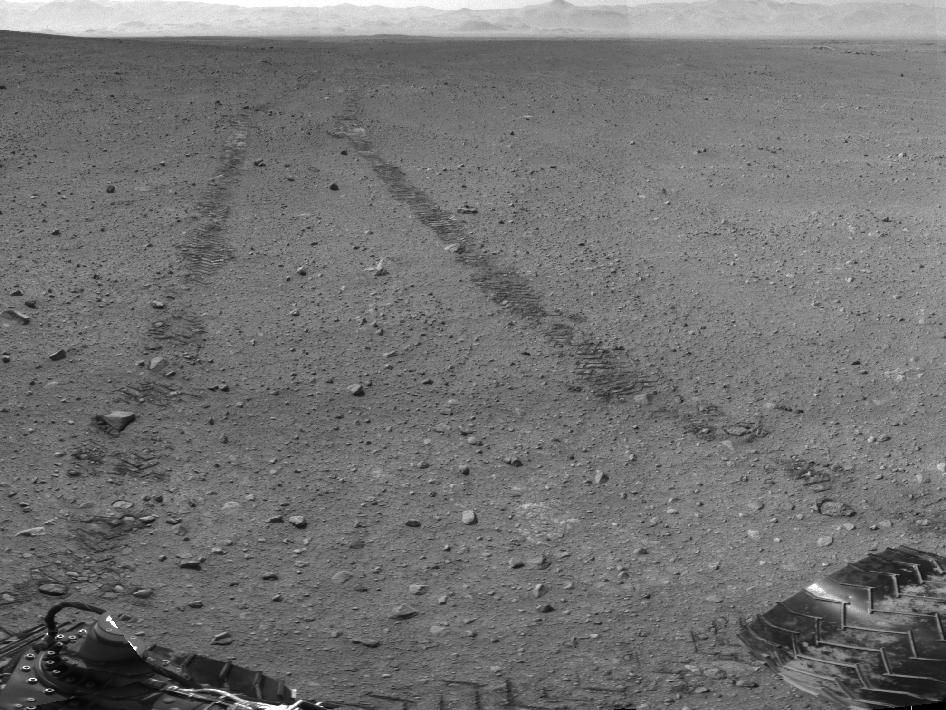
NASA’s Curiosity chief scientist John Grotzinger said yesterday to NRP; “This data is gonna be one for the history books,”. And NASA is reportedly planning to make a “major” discovery announcement in December. This leads to speculations, could it be one of the most important discoveries in the history of mankind and space exploration, could they have found some sort of life on Mars?
The discovery was apparently made by Curiosity’s SAM instrument (Sample Analysis at Mars), NRP reported. SAM is a small chemistry lab and capable of identifying organic compounds.
The SAM consists of three main instruments:
- The Quadrupole Mass Spectrometer (QMS) detects gasses sampled from the atmosphere or those released from solid samples by heating.
- The Gas Chromatograph (GC) is used to separate out individual gasses from a complex mixture into molecular components. The resulting gas flow is analyzed in the mass spectrometer.
- The Tunable Laser Spectrometer (TLS) performs precision measurements of oxygen and carbon isotope ratios in carbon dioxide and methane in the atmosphere or solid samples of Mars in order to distinguish between their geochemical or biological origin.
And sub-instruments to allow solid sample analysis.
- The ‘Chemical separation and processing laboratory’, for enrichment and derivatization of the organic molecules of the sample.
- The sample manipulation system (SMS) for transporting powder delivered from the MSL drill to a SAM inlet and into one of 74 sample cups.The SMS then moves the sample to the SAM oven to release gasses by heating to up to 1000 degrees Celsius.
- Pumps subsystem to purge the separators and analyzers.
NRP also talked to Richard Zare, a chemist at Stanford University, who said: “You’re bursting with a feeling that you want to share this information, and it’s frustrating when you feel you can’t talk about it”. Zare was part of the team that in 1996 was thought to have made the discovery of organic compounds in a meteorite from Mars, that had landed in Antarctica.
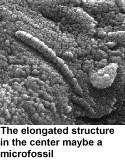
When analysis began of this meteorite first found in 1984, the electron microscope revealed that there were structures interpreted as remains of what looked like fossils, of bacteria-like lifeforms.
However, the evidence was far from conclusive and was not enough to with certainty conclude anything. It remains to be seen what Curiosity has discovered. And well, perhaps, Curiosity will satisfy your curiosity after all.
______________
Big News From Mars? Rover Scientists Mum For Now
Curiosity Rover Missin Page
____________________________


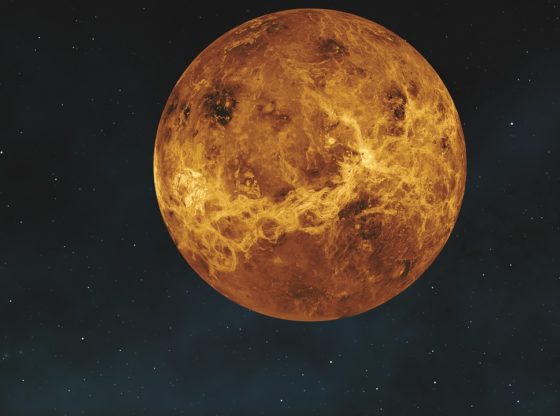
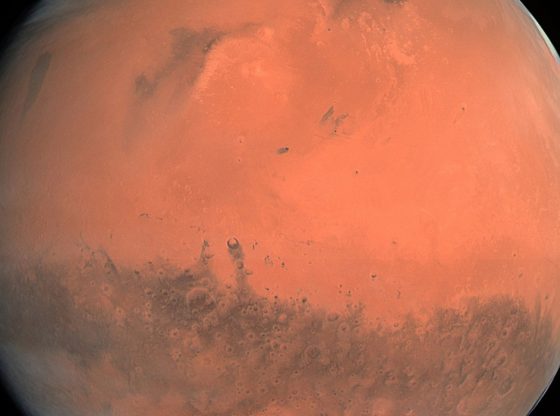
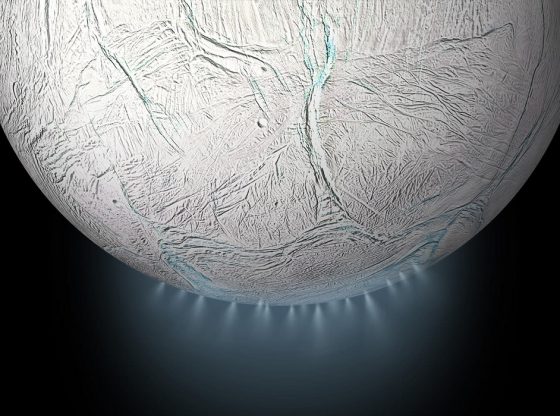
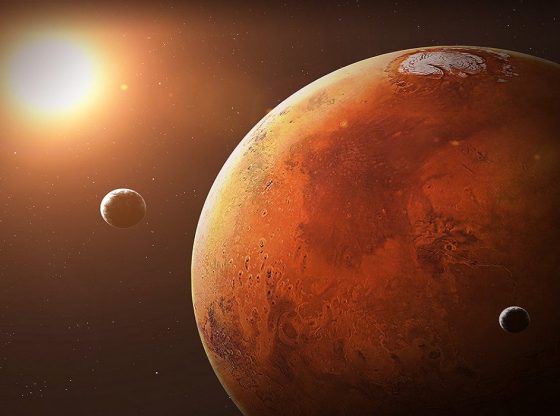
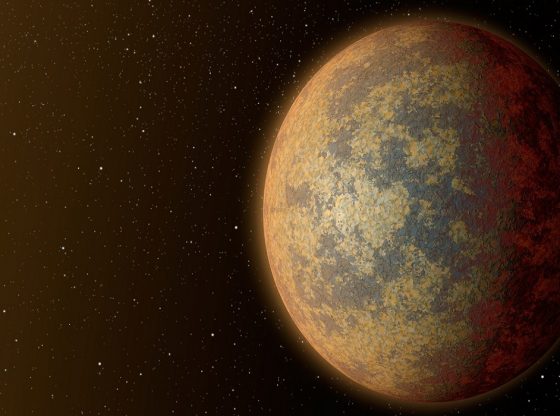
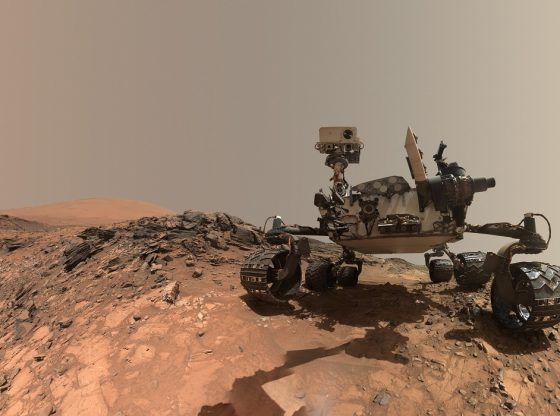

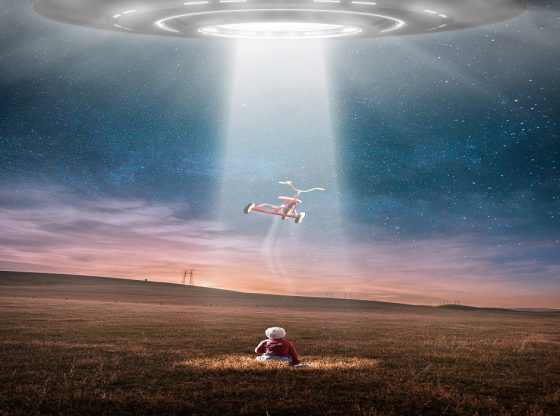
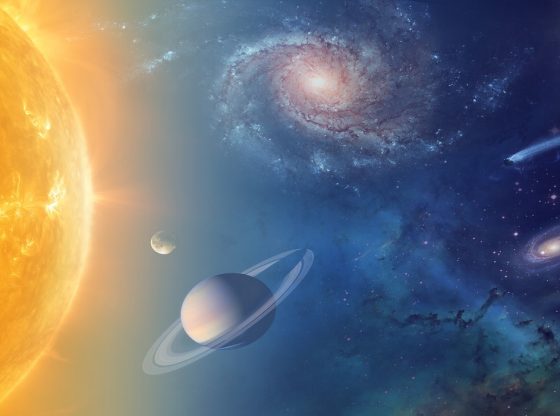
![OpenAI. (2025). ChatGPT [Large language model]. https://chatgpt.com](https://www.illustratedcuriosity.com/files/media/55136/b1b0b614-5b72-486c-901d-ff244549d67a-350x260.webp)
![OpenAI. (2025). ChatGPT [Large language model]. https://chatgpt.com](https://www.illustratedcuriosity.com/files/media/55124/79bc18fa-f616-4951-856f-cc724ad5d497-350x260.webp)
![OpenAI. (2025). ChatGPT [Large language model]. https://chatgpt.com](https://www.illustratedcuriosity.com/files/media/55099/2638a982-b4de-4913-8a1c-1479df352bf3-350x260.webp)








